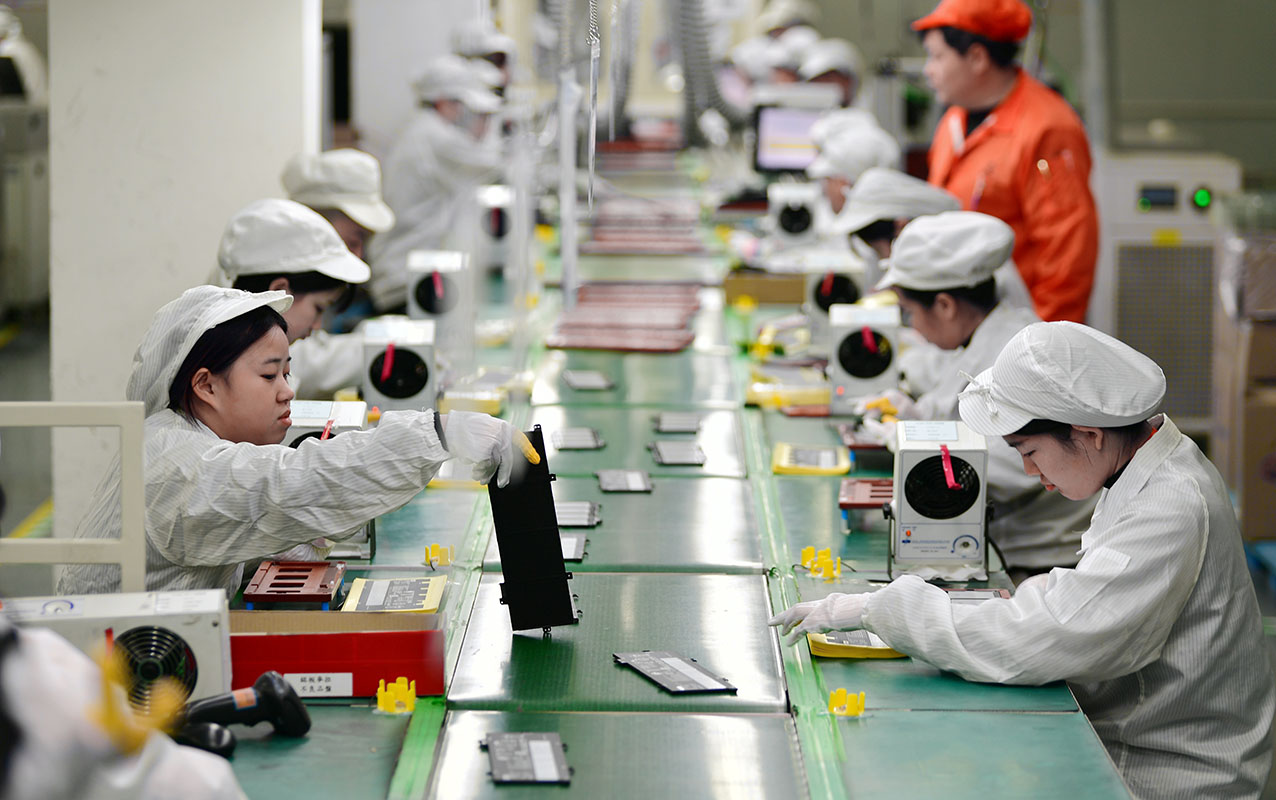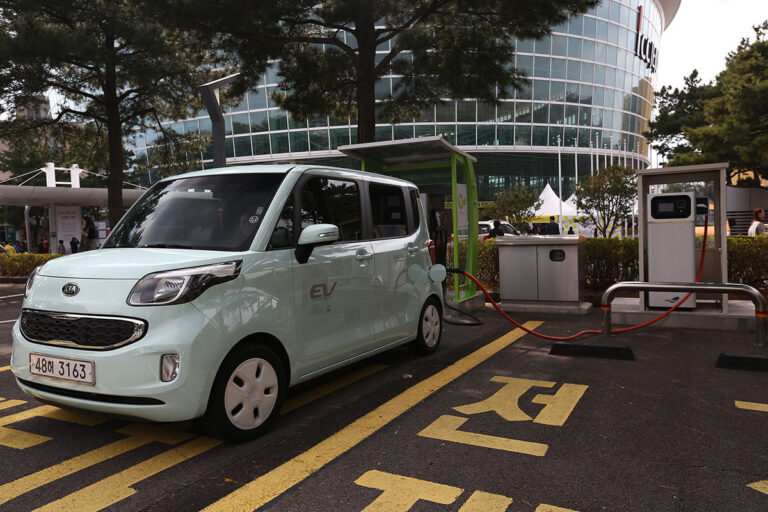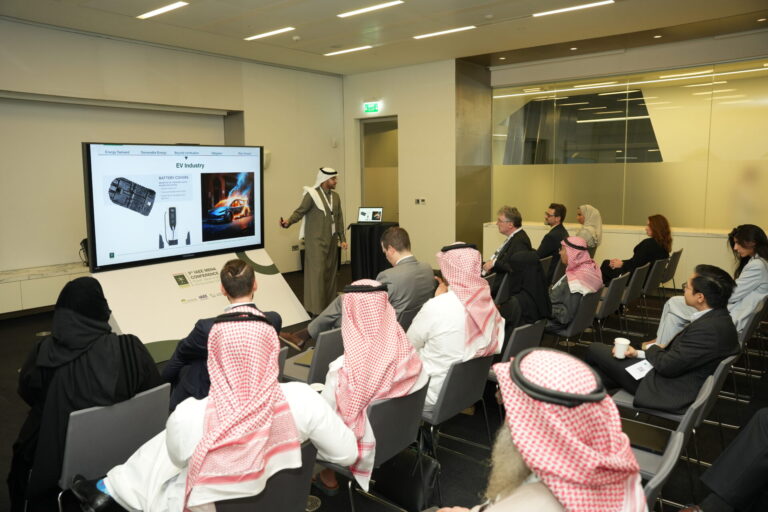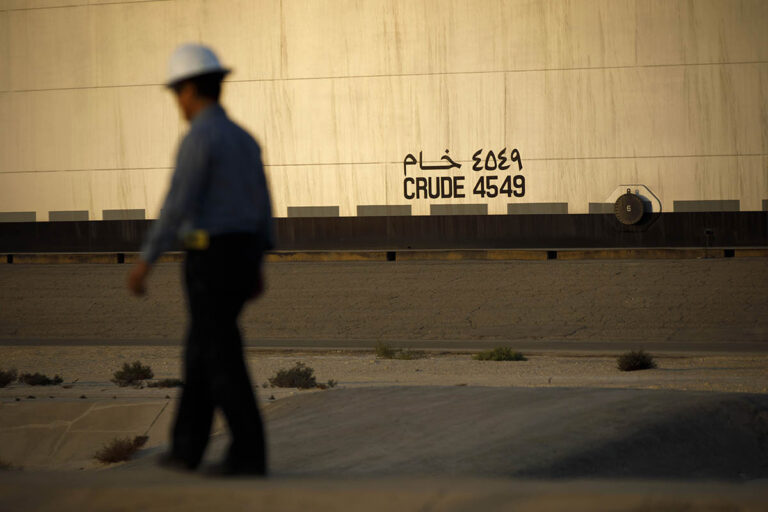A lack of an accessible supply of critical minerals for the energy and tech sectors could potentially derail the transition from fossil fuels to electrified, carbon-neutral economies.
As nations strive to cut greenhouse gas emissions and hit net-zero goals, it is vital that there are resilient supply chains in place for critical materials. A KAPSARC report summarizes the findings of a webinar entitled “Critical Minerals in the Energy Transition: Exploring Prospects and Addressing Hurdles,” and urges a strategic focus on these materials, which include copper, lithium, nickel, graphite and the rare-earths that are commonly found in batteries, electromagnets, the electric grid and other devices central to electrification.
The report also emphasizes the need for action to diversify supply chains and ensure stable and secure production, processing and distribution of these key materials alongside others of strategic importance.
“The webinar invited experts from think tanks, government, policymakers and industry to discuss aspects related to the nature of global mineral supply and examine the pivotal role these minerals play in our pursuit of renewable energy and electrification,” explain organizers Jitendra Roychoudhury and Ahmed Albalawi.
Challenges of securing energy materials
There are several causes for concern, the report notes. The first is the high demand and high cost for battery-related materials driven by a boom in the large-capacity lithium-ion batteries required by electric vehicles and stationary energy storage. Along with lithium, these batteries also contain nickel, manganese, cobalt, iron and phosphorus. In recent years there has been a three-fold escalation in lithium demand, a 70% rise for cobalt and a 40% increase for nickel.
A second concern is ensuring that the supply of these materials is both diverse and competitive. Much of the current extraction, processing and refining is concentrated around Chinese companies, which have strongly invested in the area. This introduces a vulnerability in global supply with a dependence that could be sensitive to geopolitics and the creation of monopolies with strong market influence.
“Supply chain diversification is [elusive] at this point.”
Jitendra Roychoudhury
“Supply chain diversification is [elusive] at this point, with the US attempting to reshape it with aid, collaboration and cooperation,” says Roychoudhury. “It will be a difficult challenge, as the commercial opportunities that arise from the energy transition economy will most likely be exploited by the Chinese, and this is something that will fuel geopolitics and geo-economies as countries seek to secure commercial opportunities for their own economies.”
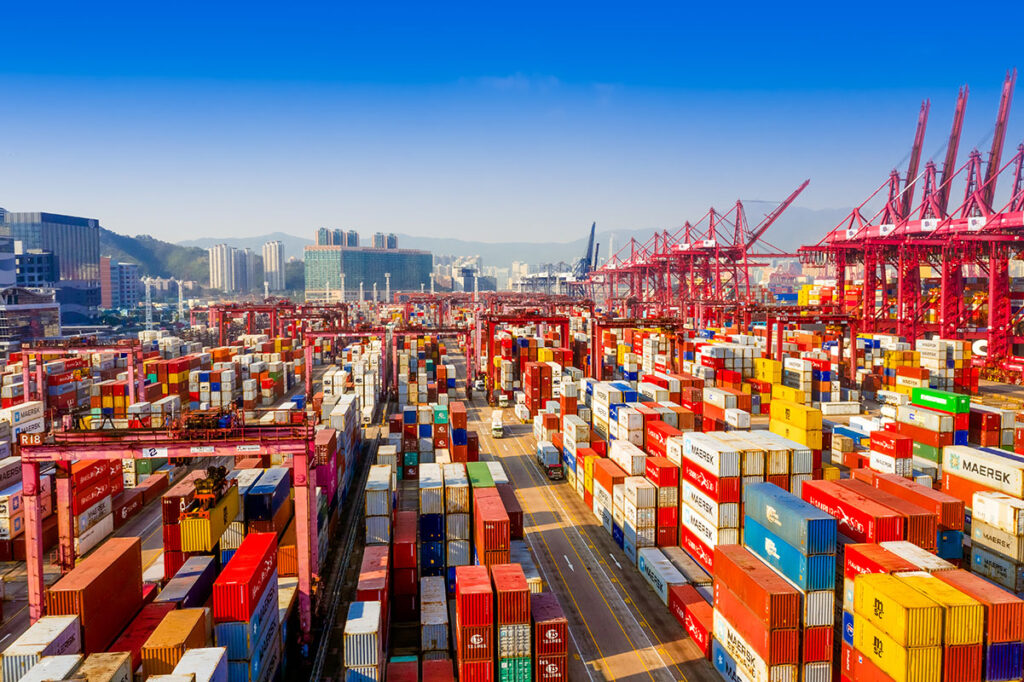
KSA’s mineral strategy
Current demand for many minerals in Saudi Arabia exceeds local supply. The Kingdom has responded by establishing its own mineral and mining strategy, with aims to become a global leader in environmentally friendly mining methods and processing. It is investing heavily in developing a domestic supply chain for critical minerals such as copper, nickel, aluminium and lithium.
It is estimated that the Kingdom’s mineral deposits could be worth as much as $2.5 trillion and that it has the potential to support the development of global supply chains to meet demand for minerals like aluminium, copper and zinc.
“The Kingdom has set up multiple policy initiatives to tap into the commercial opportunities being generated, and these involve expanded mining and processing, industrial policy for local content, and expansion of industrial capacity,” concludes Roychoudhury.
Reference
Critical Minerals in the Energy Transition: Exploring Prospects and Addressing Hurdles, KAPSARC | Article

